As pandemic recovery accelerates, mobile payments do too.

After well over a year of restrictions and lockdowns, the country is finally beginning to emerge from the coronavirus pandemic. That does not mean, however, that the way consumers shop for and purchase products will return to methods from before COVID-19 disrupted virtually every aspect of our lives. A prime example of this assertion is the increased popularity of mobile payments that the coronavirus pandemic has helped to propel.
Mobile payments defined.
What exactly does the term “mobile payments” mean? On one level, it refers to the chip-enabled credit cards, hand-held devices, and wearables (like smartwatches) that consumers are using to buy products and services. In another sense, it is a way to describe the special point of sale equipment that utilizes near-field communication (NFC) technology to accept mobile payments from those very same customers.
Another important player in this field is the digital wallet. This information repository that comes built into all modern smartphones enables consumers to input their sensitive credit card details, which are then encrypted and securely stored. When the time comes to make a purchase, the shopper can then simply open their digital wallet app, choose the card they want to use, authenticate their identity with their fingerprint or face, and place the device within an inch or two of the merchant’s NFC-equipped card reader. This reader can be attached to a stationary POS system, or connected to the seller’s tablet or device and powered by a smartphone payment app.
What happens in the next few seconds is nothing short of magical. Without any physical contact taking place, the NFC technology in the customer’s and merchant’s devices begins to rapidly exchange information. Contact is made with the customer’s bank to verify their identity and to ensure that they have sufficient funds in their account. If all goes well, the payment will be approved in mere seconds. Best of all, the customer’s credit card details are masked with encryption and tokenized so that hackers are prevented from stealing them.
Why mobile payments are here to stay.
At some point, the use of masks and hand sanitizer might radically diminish. Shoppers may once again become comfortable breathing down each other’s necks. However, one aftereffect of the pandemic that will not be disappearing anytime soon is mobile payments. What is it about them that customers and merchants love so much?
• They’re fast. Within a few seconds, a purchase can be made that doesn’t require the buyer to fumble for cash or plastic. As a result, checkout lines are speedier, patrons and employees are happier, and entrepreneurs like you can focus their human resources on tasks other than managing long lines.
• They allow you to take your business anywhere. The beauty here is that you can accept mobile payments at the checkout counter, on the sales floor, at a client’s home, at a trade show, or anywhere you do business. All you need is a hand-held device equipped with a payment software app. This flexibility can help you to grow your business – and your customer base – exponentially.
• They’re secure. Mobile payments might be faster and more flexible, but you don’t need to sacrifice data safety to take advantage of them. Customers’ payment details are safeguarded with single-use tokenization that creates a series of random digits to replace card numbers into unusable symbols.
Now that we have covered just a few of the facets of the mobile payments universe, it may be easier to understand why their popularity has skyrocketed. Whether you own a small local business or a large operation, you can enhance the quality of your customer service by offering this highly efficient, secure, and tech-savvy way to pay.
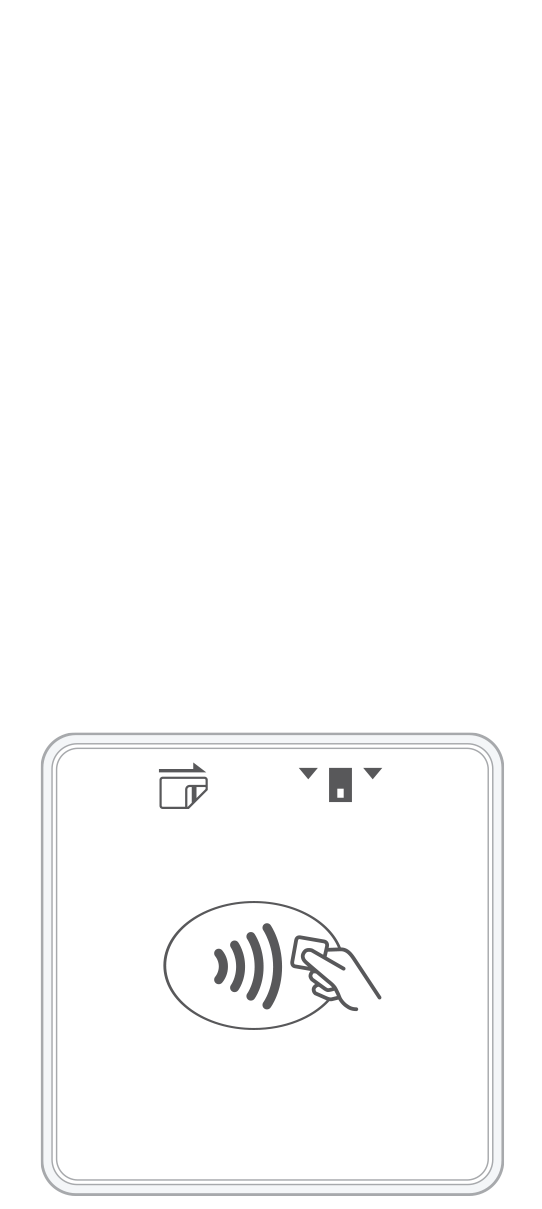 3-in-1 Reader | 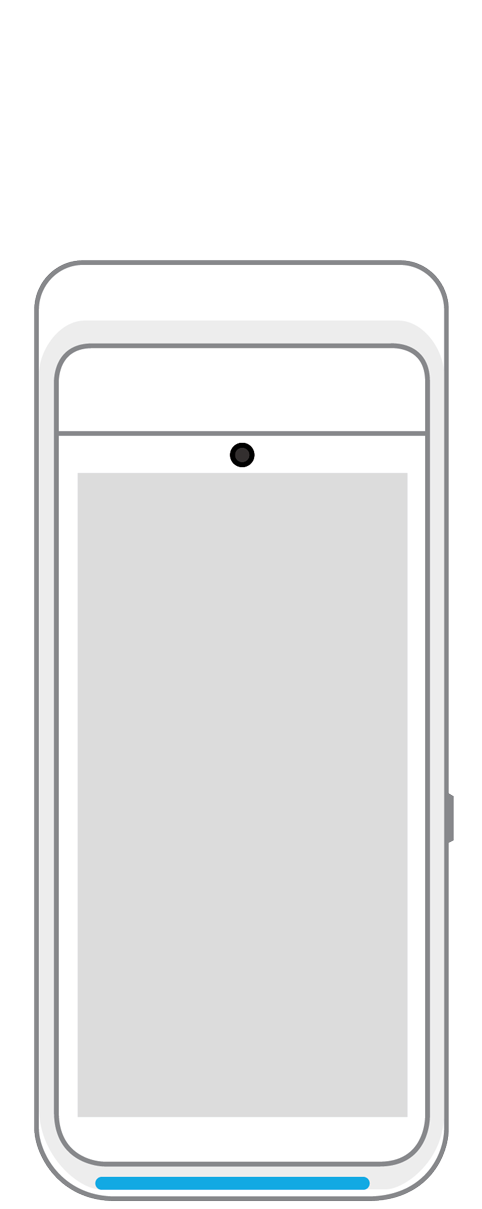 Terminal | 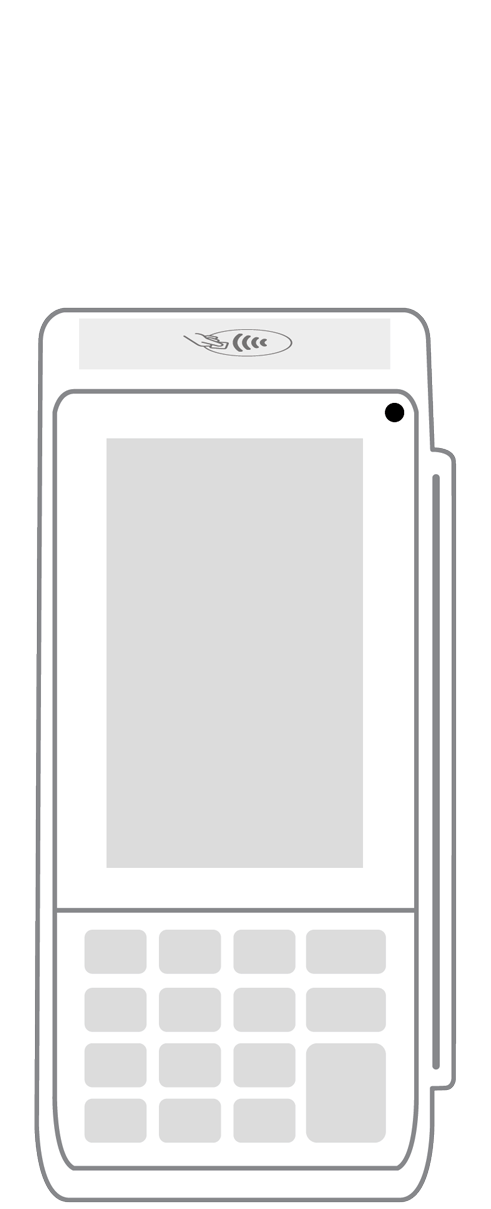 Keypad | 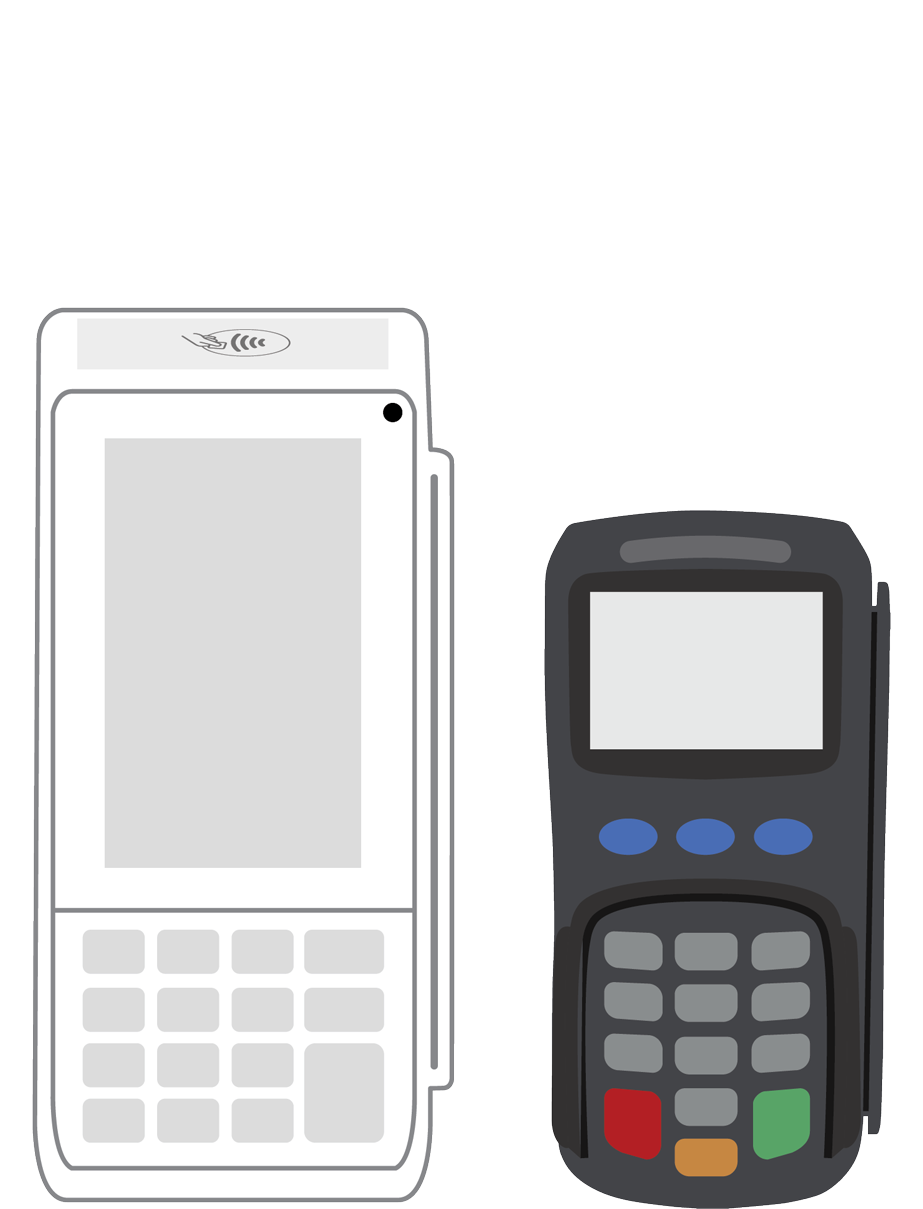 PINPad Pro | 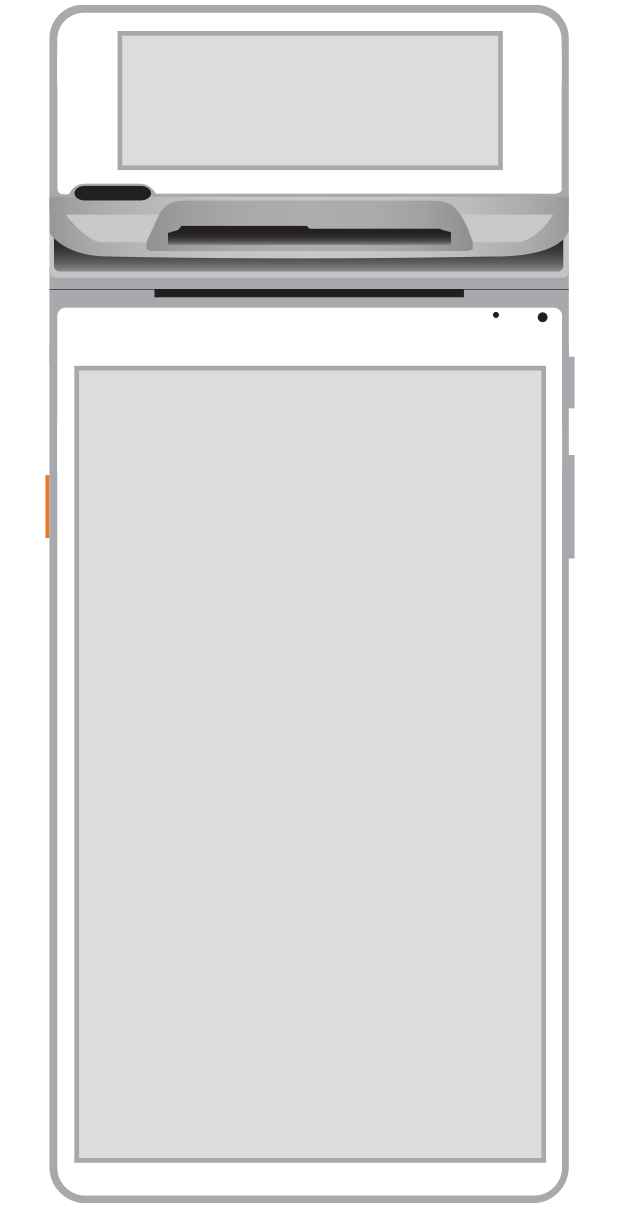 Flex | 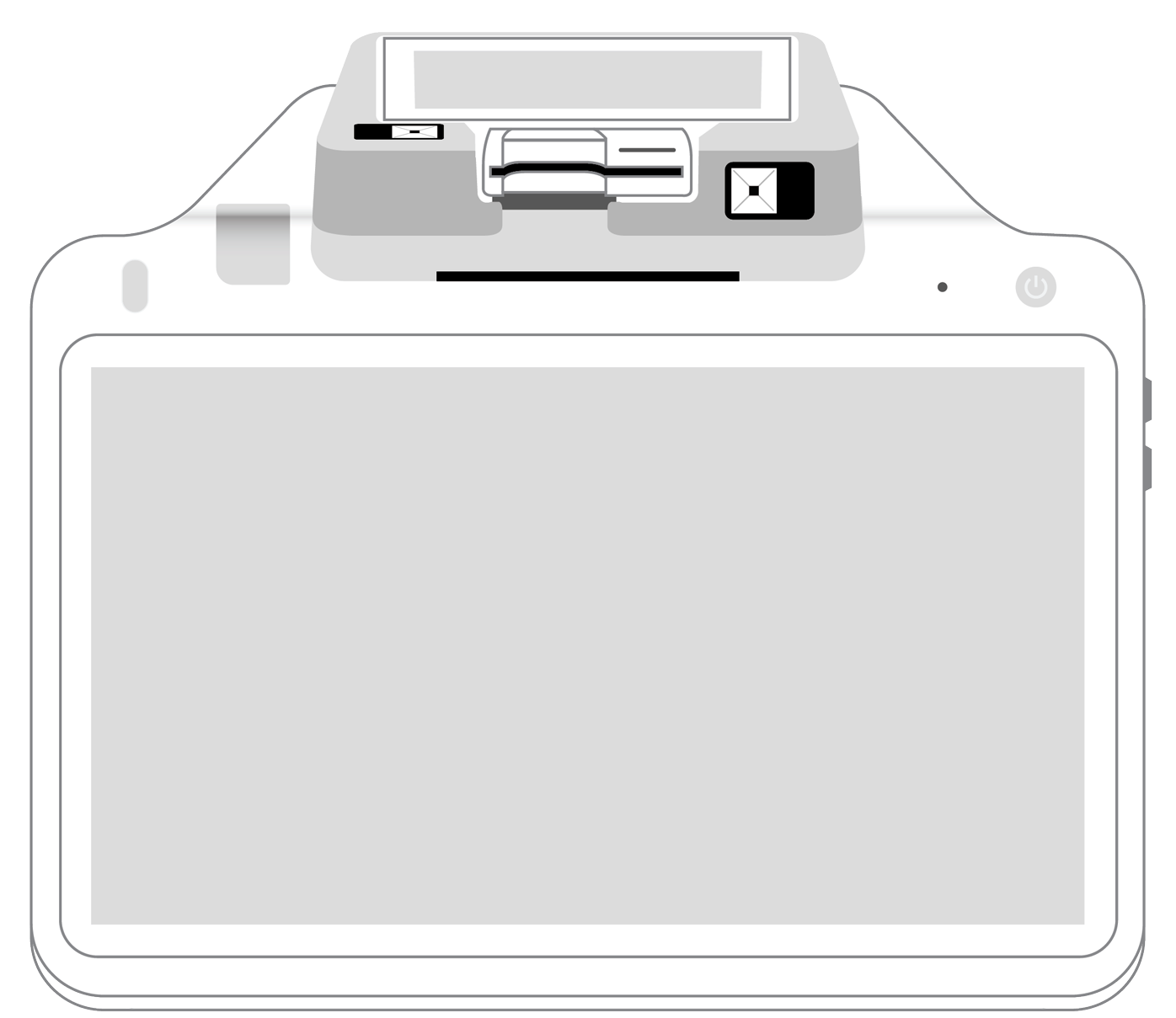 POS+ | |
|---|---|---|---|---|---|---|
Payment types | ||||||
EMV chip card payments (dip) | ||||||
Contactless payments (tap) | ||||||
Magstripe payments (swipe) | ||||||
PIN debit + EBT | ||||||
Device features | ||||||
Built-in barcode scanner | ||||||
Built-in receipt printer | ||||||
Customer-facing second screen | ||||||
External pinpad | ||||||
Wireless use | ||||||
Network | ||||||
Ethernet connectivity | With dock | |||||
Wifi connectivity | ||||||
4G connectivity | ||||||
Pricing | ||||||
Free Placement | ||||||